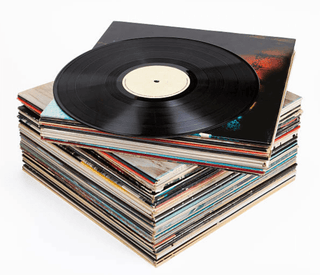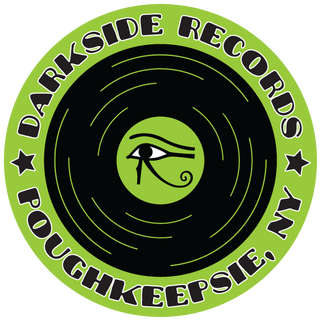REBaroque- Dominique: Musicam Semper Amavi

"Musicam semper amavi" ("I have always loved music") - Martin Luther In Reformationssvit, I wanted to create a musical journey through the history of Christianity with a series of hymns, composed or modernised by Martin Luther, as well as some Swedish hymns, both well-known and little known, which I have arranged in different styles. Most of the hymns can be found in the Swedish hymnbook from 1697, some of which are still included in the present day hymnbook. I have used the old translations, amongst others those by Olaus Petri. The journey begins in Jerusalem in the first century. People are playing music in the streets and market places and singing can be heard from the temple. We also hear Jesus' last words on the cross. Then, via the Coptic church, we arrive at the Gregorian chant with it's modes: Mixolydian, Lydian, Dorian, etc. Martin Luther makes his entry with his high and clear voice. Many of the Swedish hymns have three beats to a bar, which was unusual at the time, and was perhaps considered a little too dance like. I have chosen some of my favourites here. Luther thought that the prayer "Our Father" was rushed through and babbled in the whole world without consideration for it's depth of meaning and holy ritual. Here, it is represented in Swedish folk style, with Luther's text in contrary motion. As with many other melodies, Luther modernised the Gregorian chant "Veni Creator Spiritus". Here, I have woven the two existing versions together. Sometimes I have included citations of Luther or Jesus as a counterpart to the hymns. "Glad dig du kristi brud" is a well-known hymn, but here it is heard with the old text "Frojda dig du Kristi brud", giving a different rhythm to the melody. Everything is tied together by Luther's five "solas" Sola Scriptura: "Scripture alone" Sola fide: "faith alone" Sola gratia: "grace alone" Solus Christus: "Christ alone" Soli Deo gloria: "the glory of God alone" Many of the translations are from Olaus Petri who most likely had met Luther and who had a great impact on the reformation in Sweden. All the melodies I have used were originally single line melodies, so all the voicing and harmonisation have been created by me. Jonas Dominique Reformationssvit had it's premiere in 2017 in Soderledskyrkan with S: t Jacobs Chamber choir and REBaroque
"Musicam semper amavi" ("I have always loved music") - Martin Luther In Reformationssvit, I wanted to create a musical journey through the history of Christianity with a series of hymns, composed or modernised by Martin Luther, as well as some Swedish hymns, both well-known and little known, which I have arranged in different styles. Most of the hymns can be found in the Swedish hymnbook from 1697, some of which are still included in the present day hymnbook. I have used the old translations, amongst others those by Olaus Petri. The journey begins in Jerusalem in the first century. People are playing music in the streets and market places and singing can be heard from the temple. We also hear Jesus' last words on the cross. Then, via the Coptic church, we arrive at the Gregorian chant with it's modes: Mixolydian, Lydian, Dorian, etc. Martin Luther makes his entry with his high and clear voice. Many of the Swedish hymns have three beats to a bar, which was unusual at the time, and was perhaps considered a little too dance like. I have chosen some of my favourites here. Luther thought that the prayer "Our Father" was rushed through and babbled in the whole world without consideration for it's depth of meaning and holy ritual. Here, it is represented in Swedish folk style, with Luther's text in contrary motion. As with many other melodies, Luther modernised the Gregorian chant "Veni Creator Spiritus". Here, I have woven the two existing versions together. Sometimes I have included citations of Luther or Jesus as a counterpart to the hymns. "Glad dig du kristi brud" is a well-known hymn, but here it is heard with the old text "Frojda dig du Kristi brud", giving a different rhythm to the melody. Everything is tied together by Luther's five "solas" Sola Scriptura: "Scripture alone" Sola fide: "faith alone" Sola gratia: "grace alone" Solus Christus: "Christ alone" Soli Deo gloria: "the glory of God alone" Many of the translations are from Olaus Petri who most likely had met Luther and who had a great impact on the reformation in Sweden. All the melodies I have used were originally single line melodies, so all the voicing and harmonisation have been created by me. Jonas Dominique Reformationssvit had it's premiere in 2017 in Soderledskyrkan with S: t Jacobs Chamber choir and REBaroque



